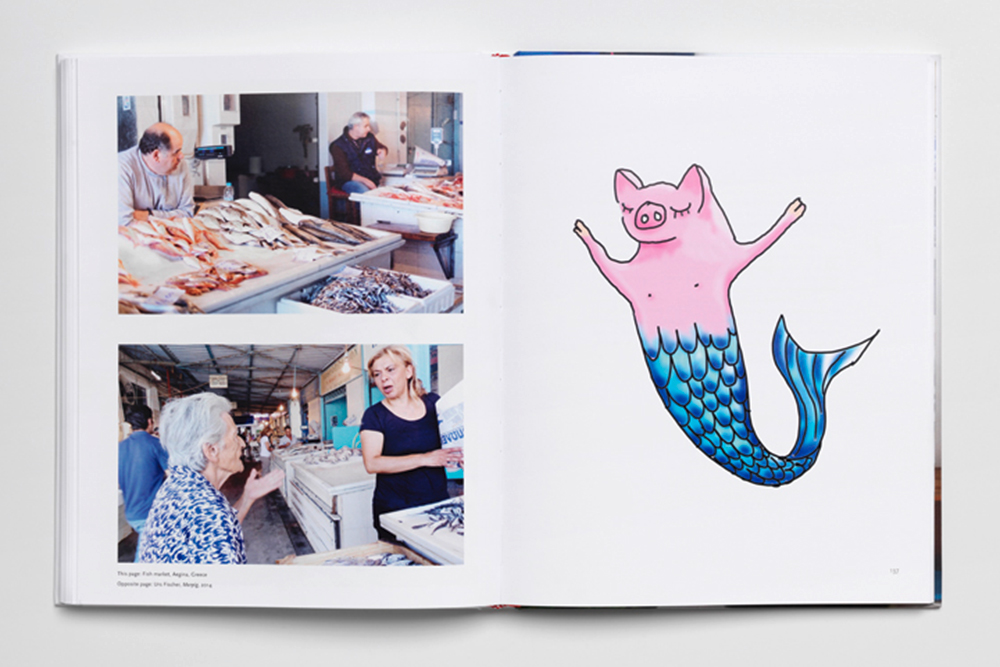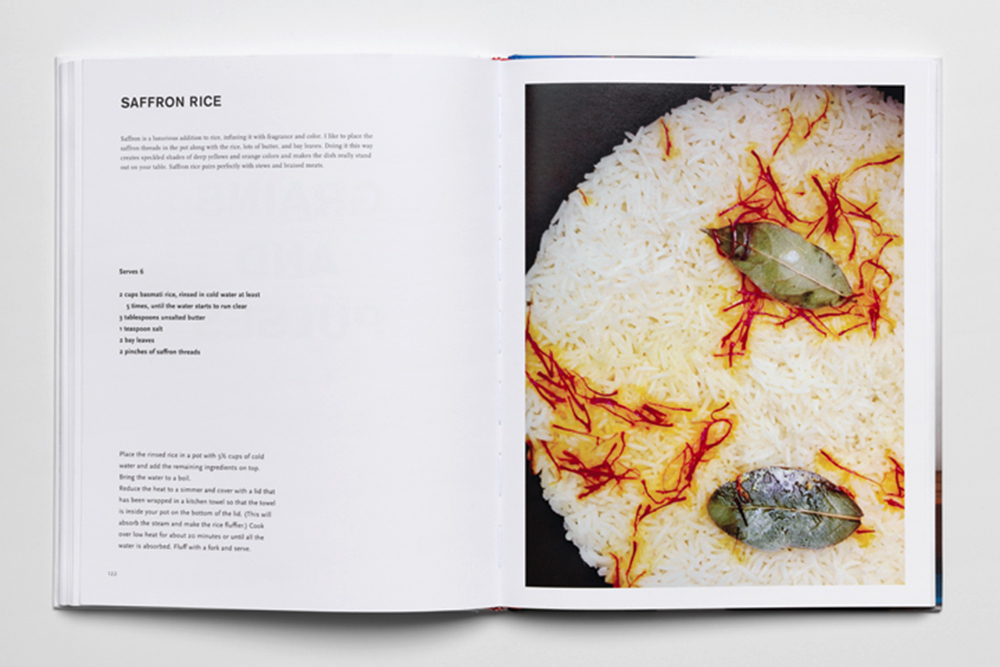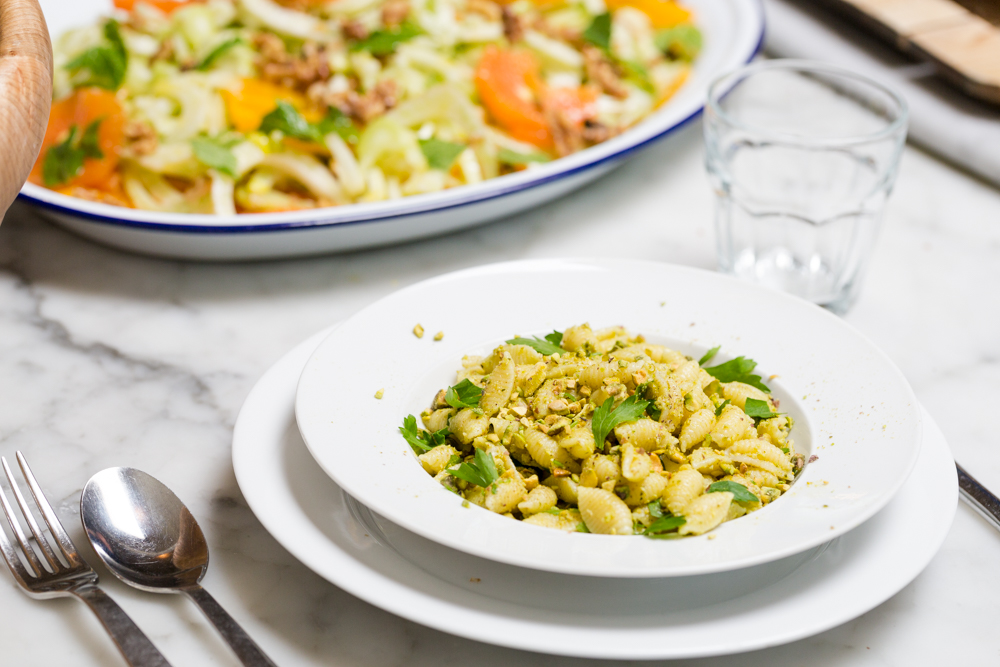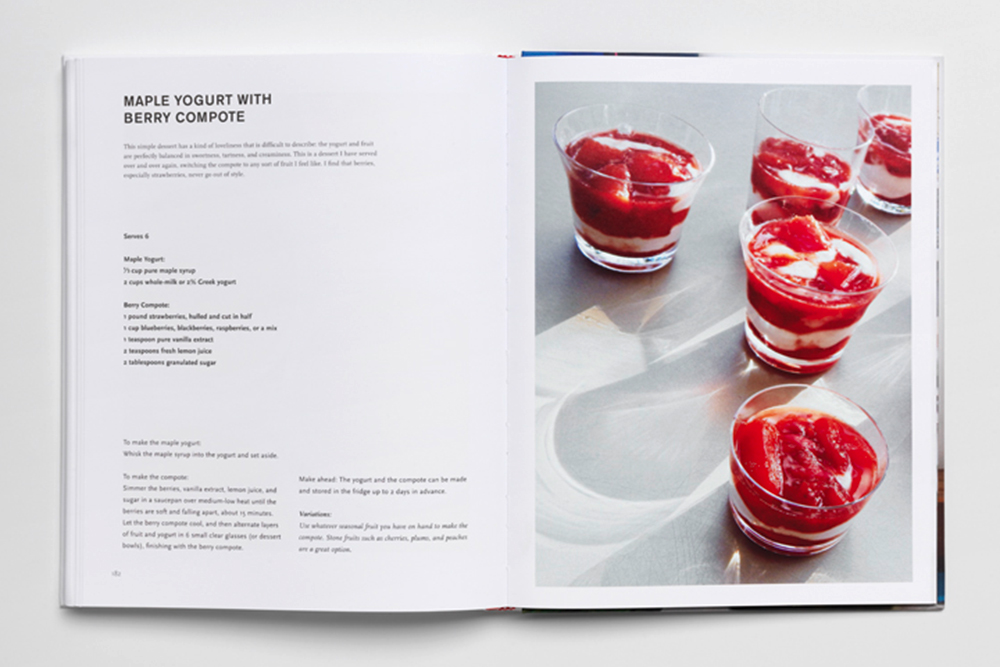Pistachio, Parsley, Lemon and Olive Oil Tossed with Pasta Shells
Mina Stone’s Pesto Pasta Salad
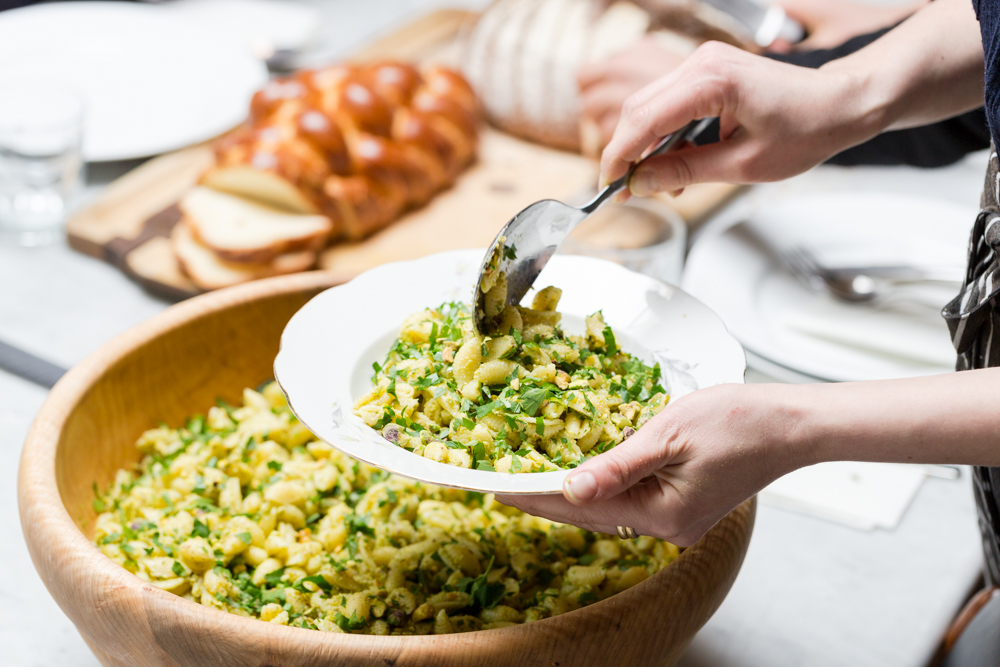
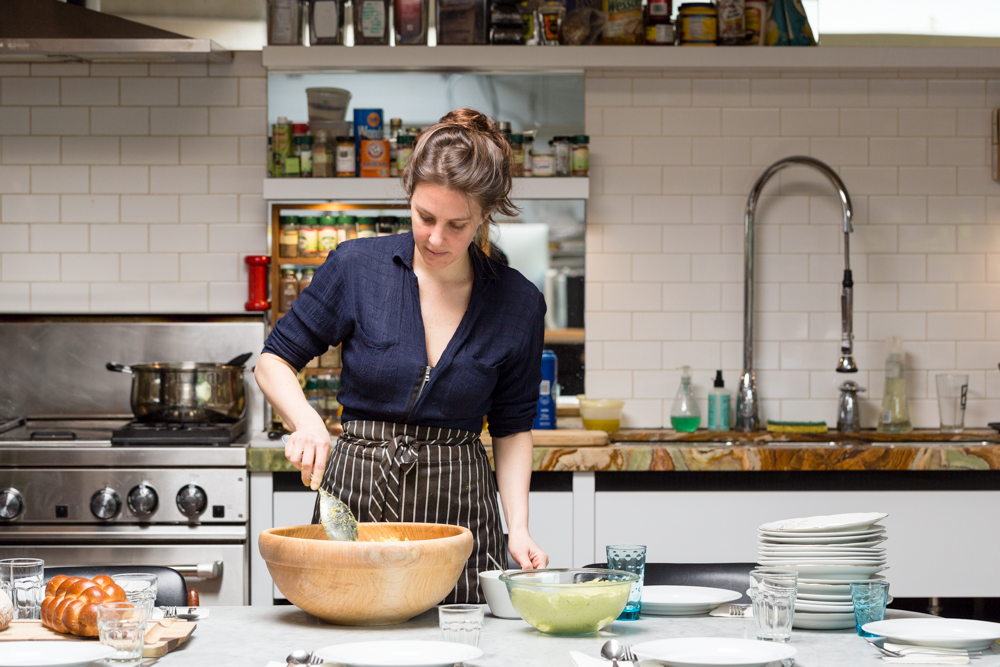
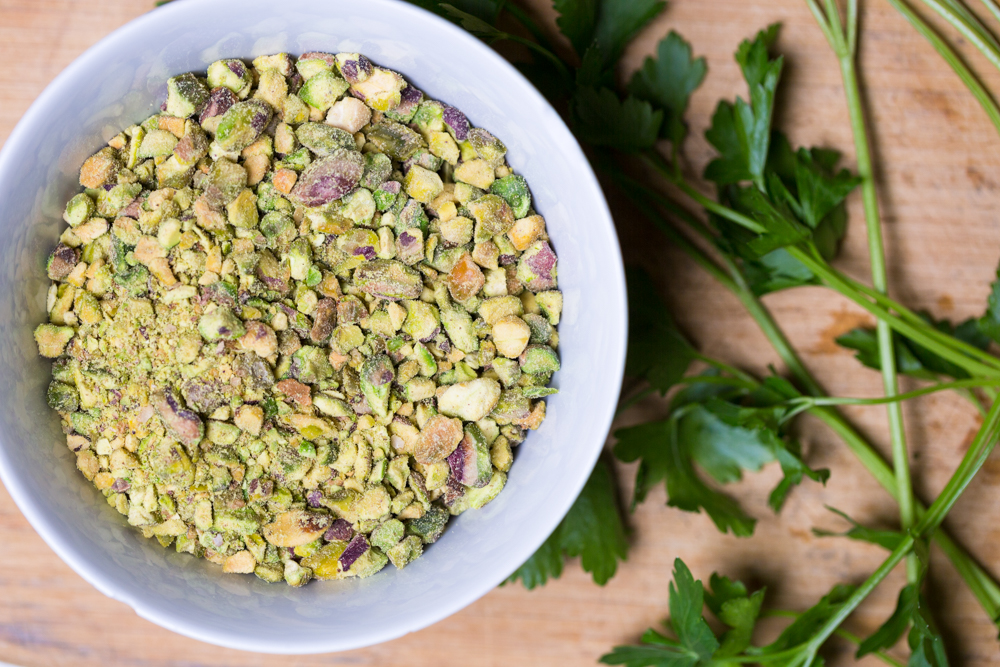
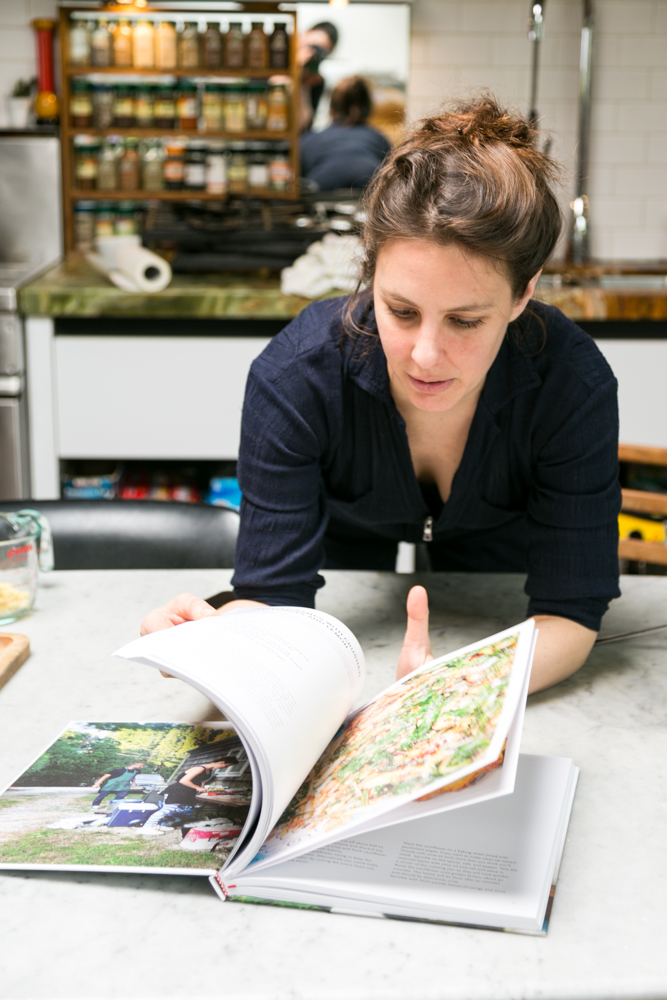
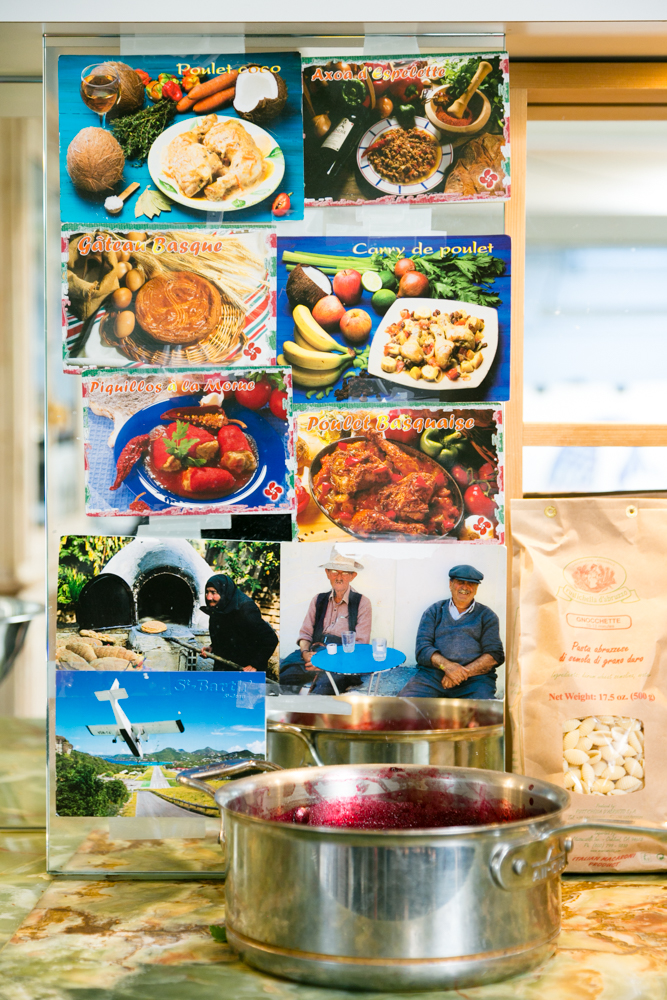
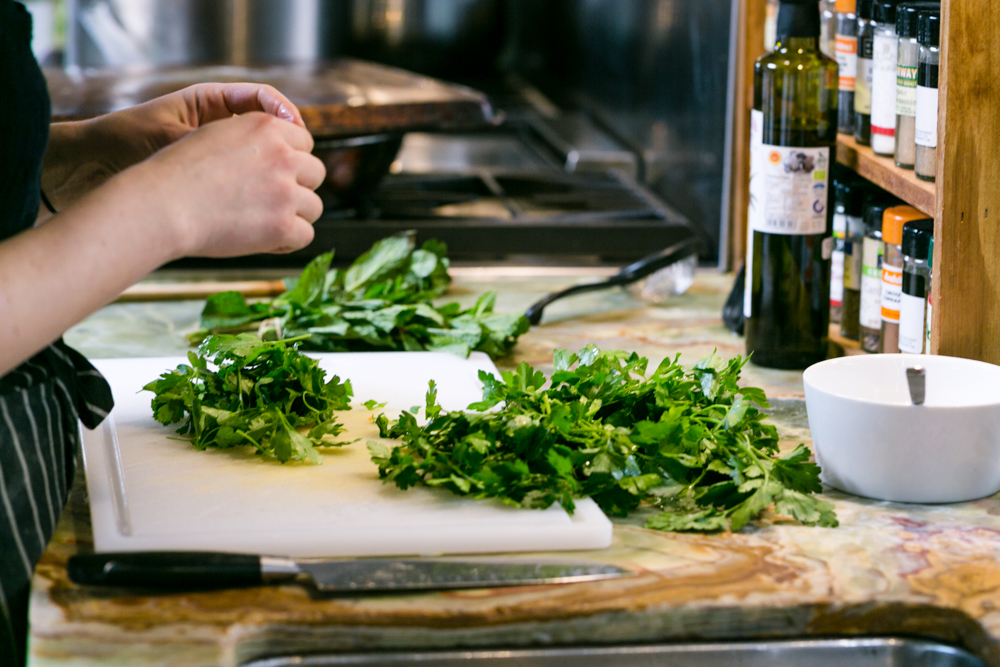
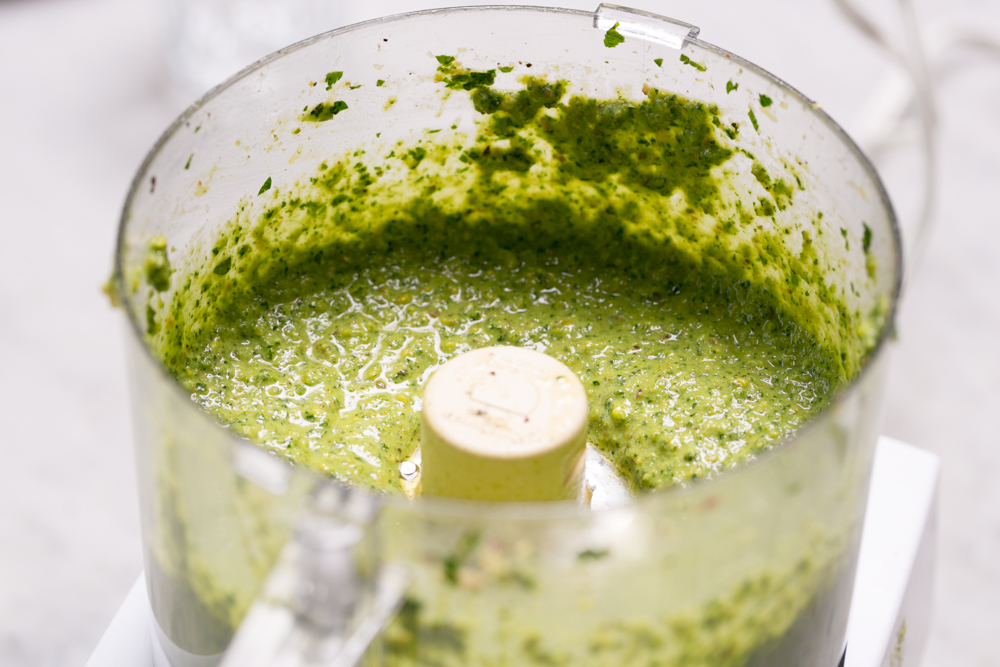
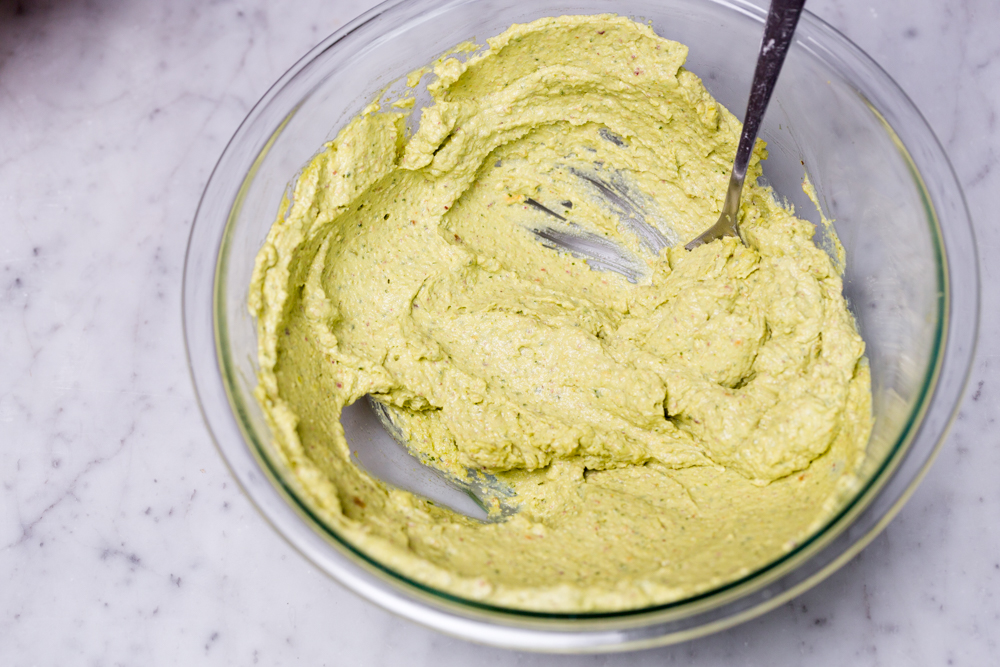
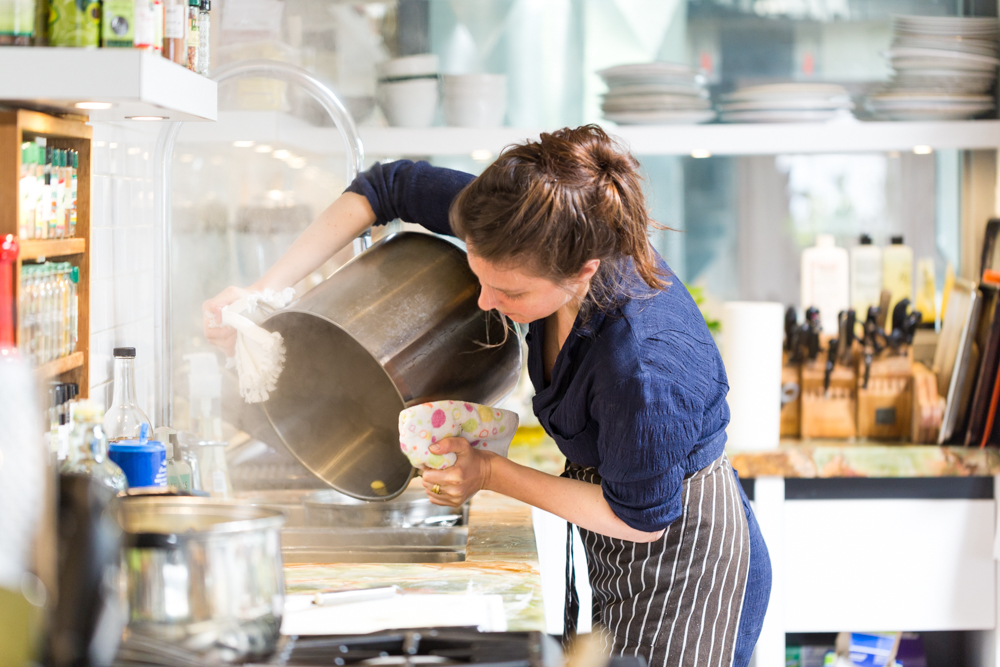
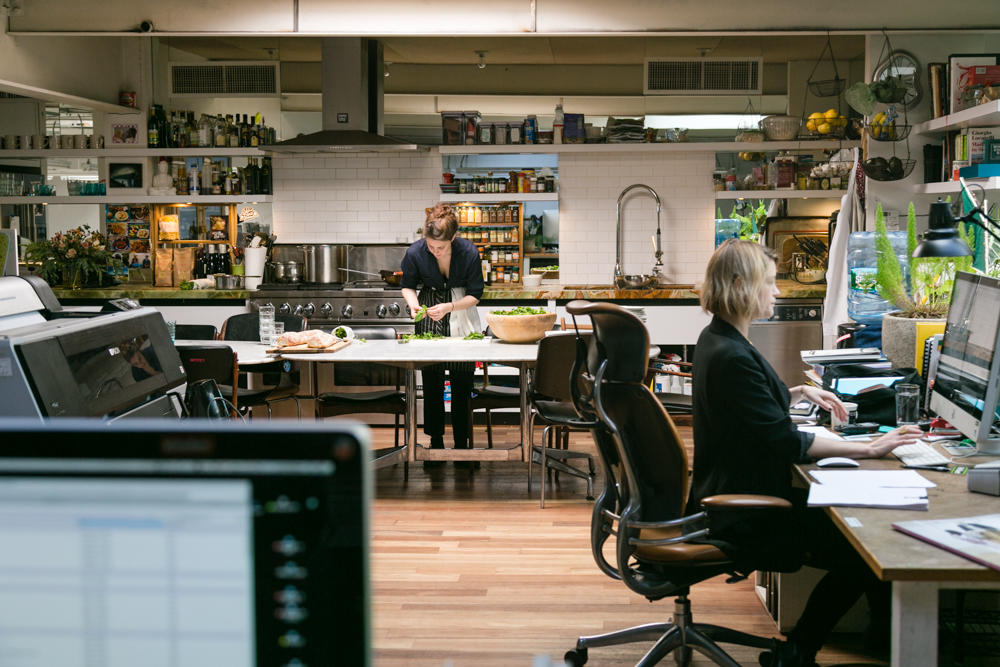
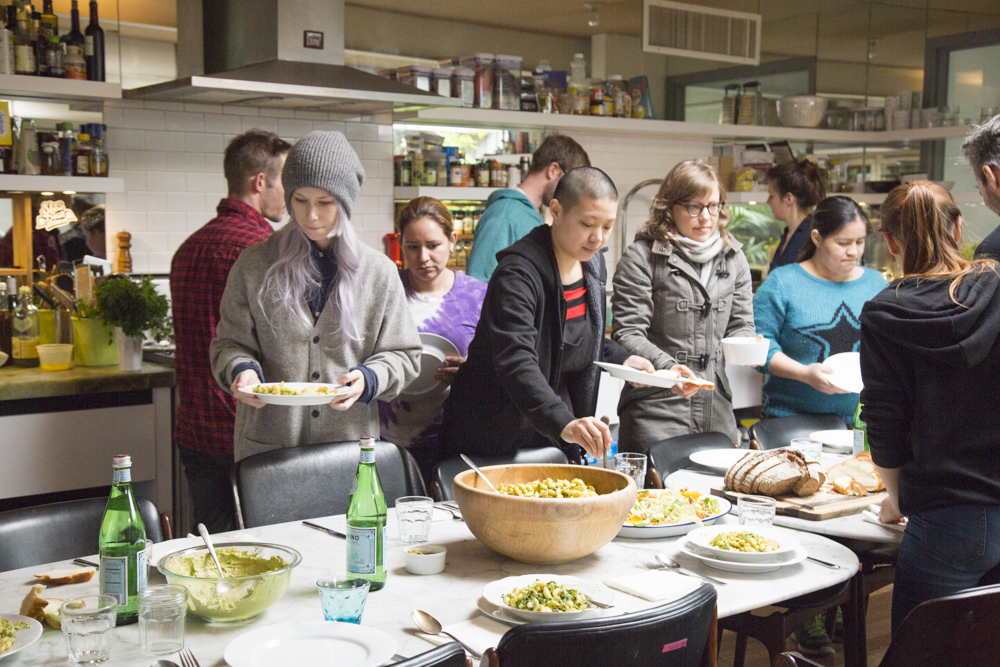
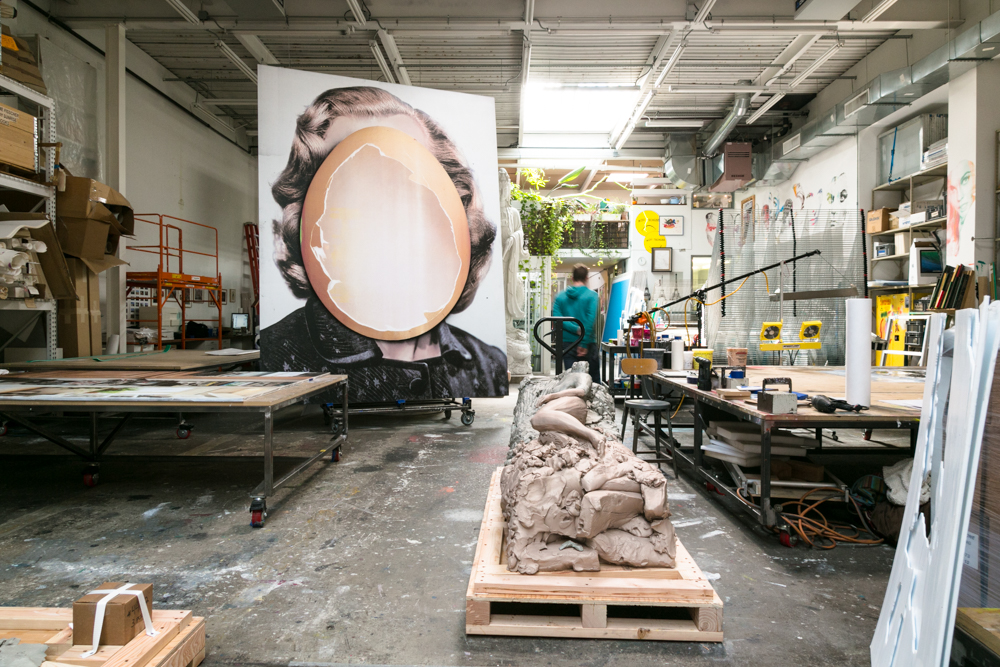
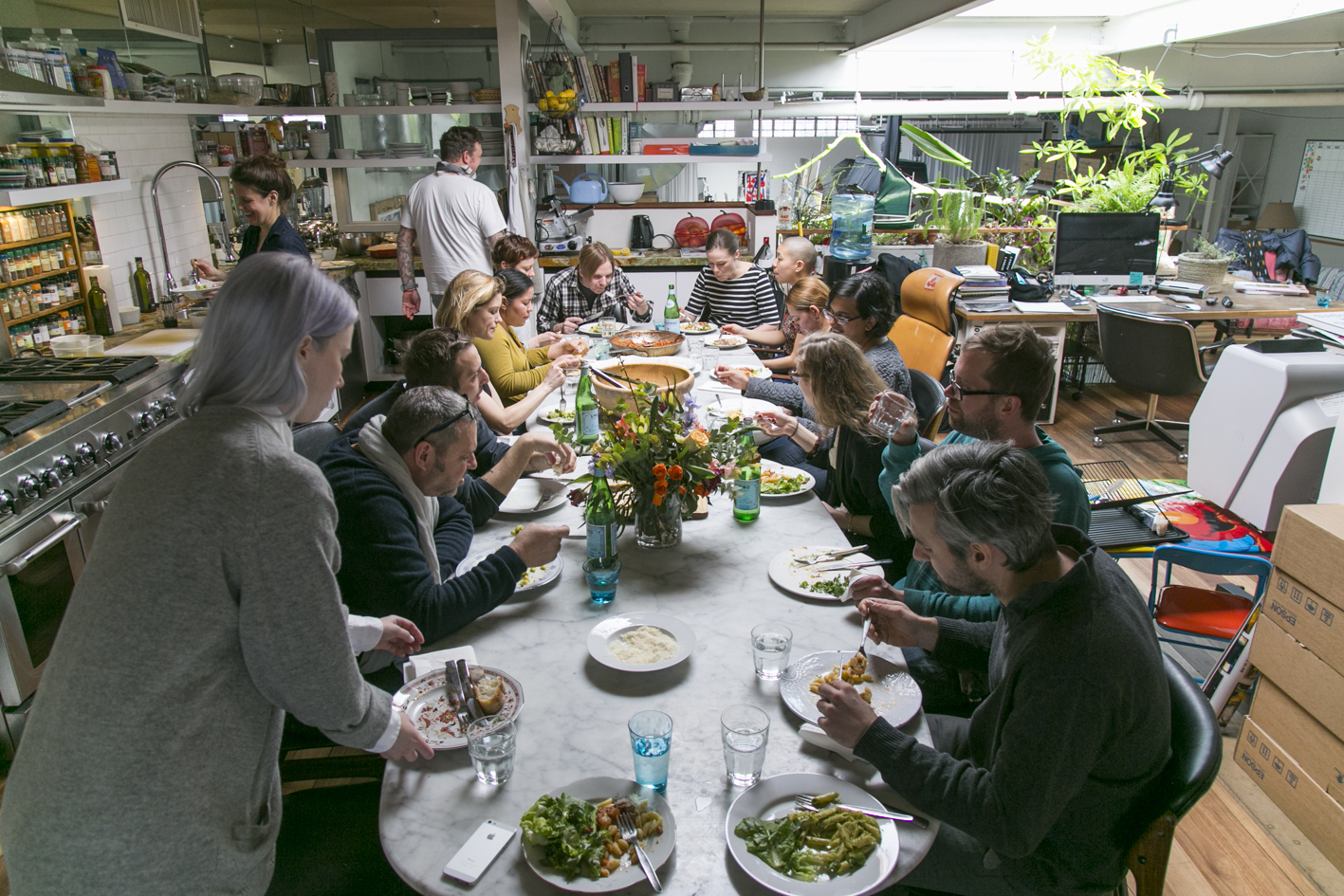
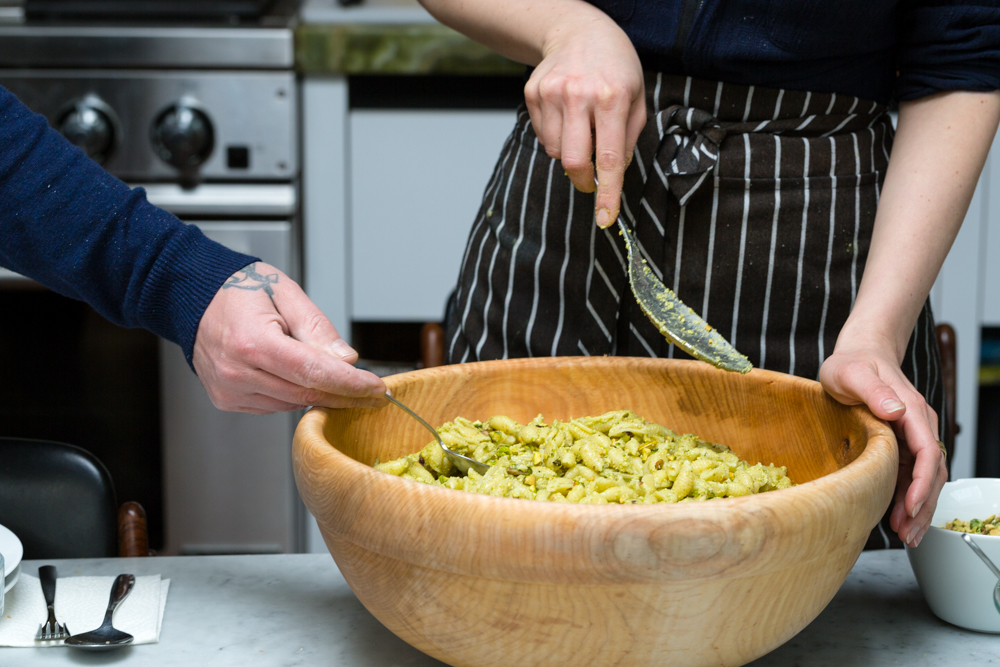
NOTES
This is a hearty main course salad and a real crowd-pleaser. Make extra — this dish makes great leftovers. Mina’s co-workers were not only housing the pasta, but they were aggressively swiping their bread through the dish of extra sauce left out on the table. Try using the pesto as a pistou, adding it to brothy soup for extra umph.
RECIPE
DIFFICULTY
EASY
SERVES
6
PREP TIME
20 MINS
Pesto
-
1cupfresh italian parsley leaves
-
1/3cupraw pistachios, shelled
-
1lemon, zested
-
1/3cupextra virgin olive oil
-
salt and pepper to taste
Pasta
-
1boxpasta shells or penne
-
salt
POSTED UNDER
- Main Course Salad,
- pasta
When I heard that Gagosian was launching a cookbook called Cooking For Artists at the LA Art Book Fair this year, I knew I had to befriend the author. Actually, I was quite surprised that I didn’t already know Mina Stone, the fashion designer turned chef who authored the book of Greek inspired recipes. We have just about everything in common (though she is much better dressed).
Mina has the best culinary gig I can think of – she is the in-house chef for artist Urs Fischer’s studio, a massive atelier in Red Hook, Brooklyn where upwards of 15 assistants (most of them artists in their own right) help him produce his massive sculptures and large scale commissions, day in and day out. I have had my fair share of artist assistant jobs, and not a single one of them offered a perk comparable to a daily dose of Mina’s food — Greek inspired, fresh, healthy and generous.
Her regular stint in the studio kitchen led to large scale events with Gavin Brown’s enterprise, carving out a niche for herself serving honest food to creative people. It only seemed natural for Urs and Mina to team up to create and publish a book of her recipes in-house, shooting the entire thing on the studio dining table (they even added a skylight to the space for optimal lighting). Even as Mina and I cooked and photographed, Urs bounced in and out of the shot, dipping a spoon here, pinching a taste there, both eager for the lunch bell to ring, and encouraging Mina’s process and talent. The result of their publishing collaboration is something that straddles the worlds of high art and food, without an ounce of pretension.
Mina Stone In Her Own Words
Julia Sherman: Tell me how you started your clothing line, what it was called, and what your inspiration was.
Mina Stone: I started my clothing line as soon as I graduated from Pratt Institute in 2004. It was simply named Mina Stone, and it was a line of hand dyed dresses. The inspiration, if I am to be honest, was designing clothes I wanted to wear myself, although at the time I would have told you differently.
JS: You go to Greece twice a year. Is this pure family time and fun for you? I know you mentioned cooking in Athens last time you were there. What was that project about?
MS: It is family time, inspirational time, and now, work time as well. The last time I was in Athens I was cooking at Breeder Feeder with my partner, Alex, which is a little restaurant on the top floor of Breeder Gallery in Athens. They often have guest chefs cook at the space and it was, all in all, a really awesome experience.
JS: What do you love about Greek cooking?
MS: The food is so delicious and so simple. I am all about four ingredients.
JS: How did you start cooking and how did you become the go to art world chef?
MS: I started cooking because I always loved it, but it was also to support myself while I designed my clothing line — because who makes money in fashion? I eventually stopped designing completely because I enjoyed cooking much more and it was happily taking over my life.
JS: Why is cooking for artists different than cooking for laymen?
MS: What’s different is that artists tend to respect the creative process and as a result I’ve enjoyed a lot of freedom in my cooking. I think cooking for artists has provided support and allowed me to develop my own style and really enjoy my job.
JS: How has your cooking evolved since you became a “professional”?
MS: Experience. At some point, you realize you have acquired a lot more information than you had before.
JS: What inspired you to make your cookbook, Cooking For Artists, and what was that process like? Is there anything you would have done differently?
MS: Well, Urs Fischer asked me if I wanted to write a cookbook together and I said: YES! The process of making the book was one of the happiest times in my life. It involved keeping track of what I was cooking, writing recipes, taking photographs and then putting it all together into the book that you see today. I learned a lot and, to be honest, I would not have done anything differently because I recognize the importance of the learning process. Next time — next book!? — I’ll know more about the process and can apply what I learned from the first one to the next.
JS: What’s next for you?
MS: Vacation! And then another book, and I’d love to start writing about Greek food and contributing to magazines.
